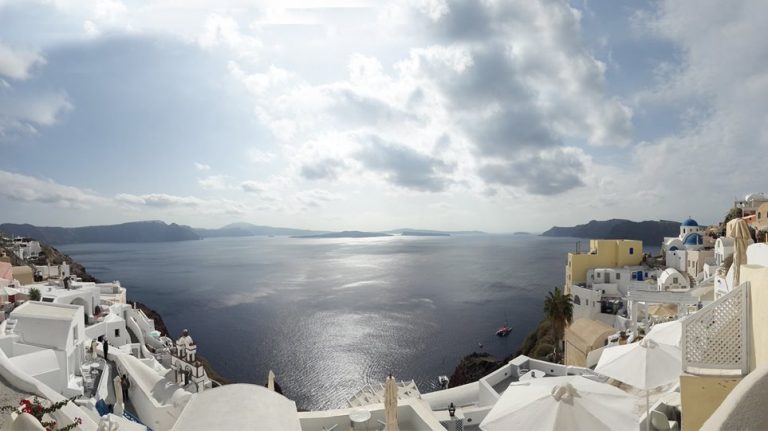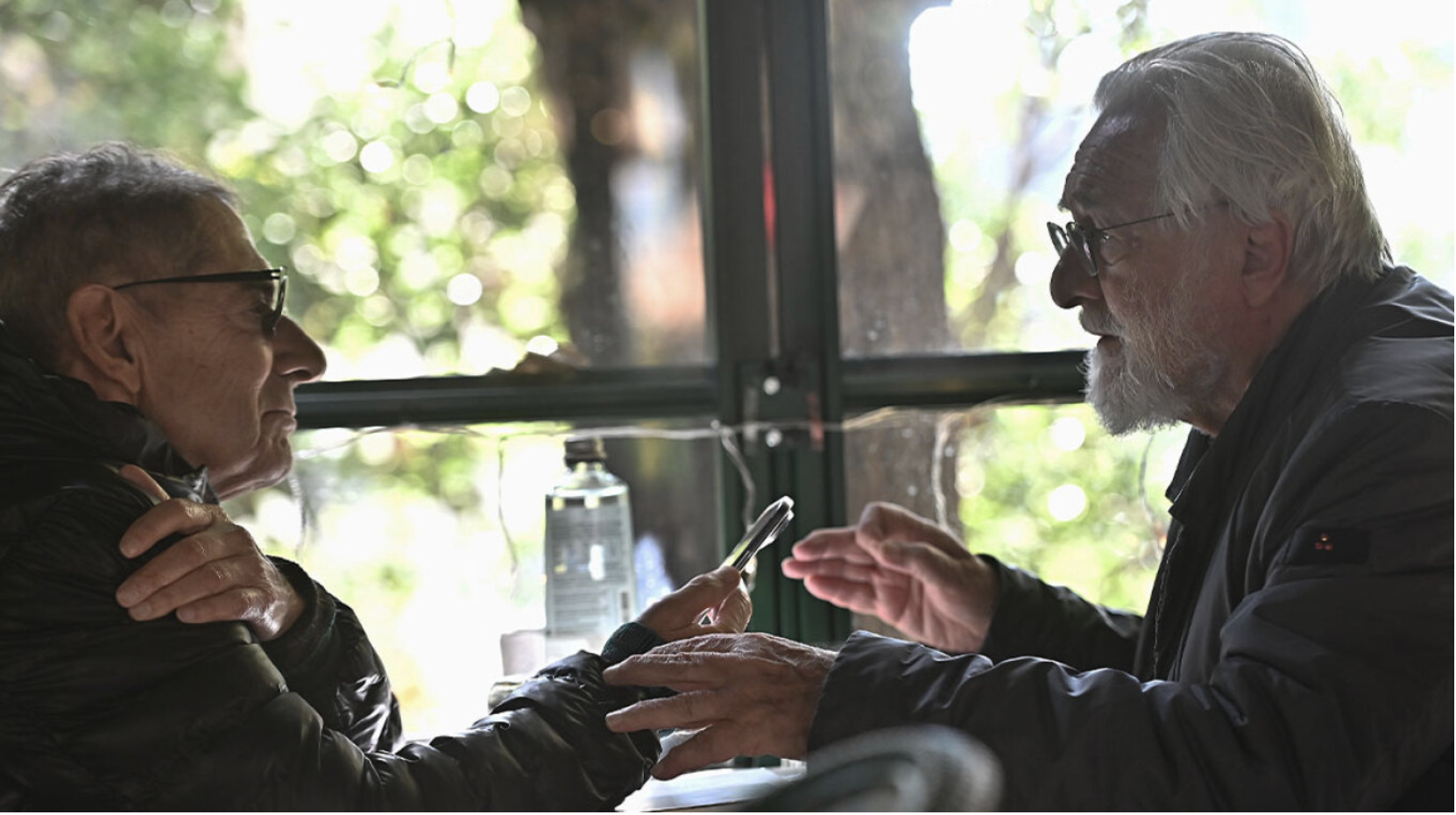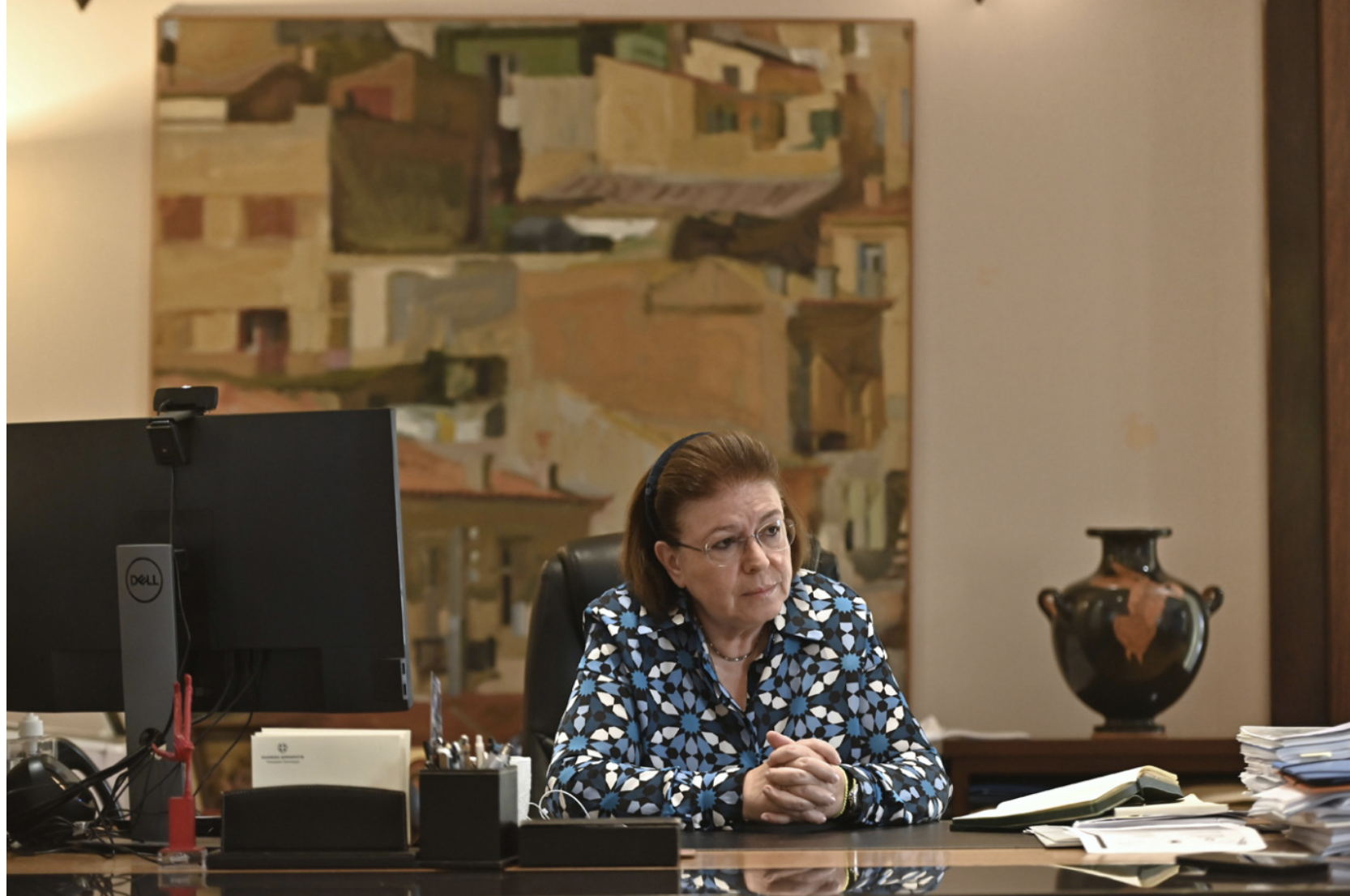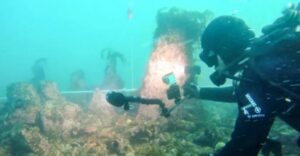The General Secretariat for Civil Protection has prepared a study focusing on contigency plans for a possible future eruption of the Santorini volcano.
The 184-page study named “Emergency Response and Immediate / Short-Term Impact Management of the Volcanic Activity Event at the Santorini Volcanic Complex under the code “TALOS”, underlines the high readiness level “in view of the imminent danger of volcanic activity in the Santorini volcanic complex, taking into account the alert level designation set by the Hellenic Observatory’s Standing Monitoring Committee”.
The report of the committee, which outlines the scenarios of possible reactivation of the volcano and the detailed description of the risks and their spatial distribution, expands on the framework of action of all departments involved in the event of volcanic activity in the area.
Although dormant, Santorini is an active volcano. Numerous minor and medium-sized, mainly effusive, eruptions have built the dark-colored lava shields of Nea and Palea Kameni inside the caldera. Their last eruption was in 1950, and now only fumarolic activity, primarily inside the recently active craters, takes place.
The volcanic complex of Santorini comprises two active volcanic sources, the Kameni volcanic source located on the land of the homonymous island between Thera and Thirassia and the underwater volcanic source of Colombo approximately 8.5. kilometres northeast of the homonymous cape on the northeast end of the island of Thira.
The Minoan eruption of Santorini between 1642–1540 BCE, also referred to as the Late Bronze Age eruption, was one of the largest volcanic events on Earth in recorded history.
It devastated the island of Thera (now called Santorini), including the Minoan settlement at Akrotiri, as well as communities and agricultural areas on nearby islands and the coast of Crete with related earthquakes and tsunamis.
Ask me anything
Explore related questions





